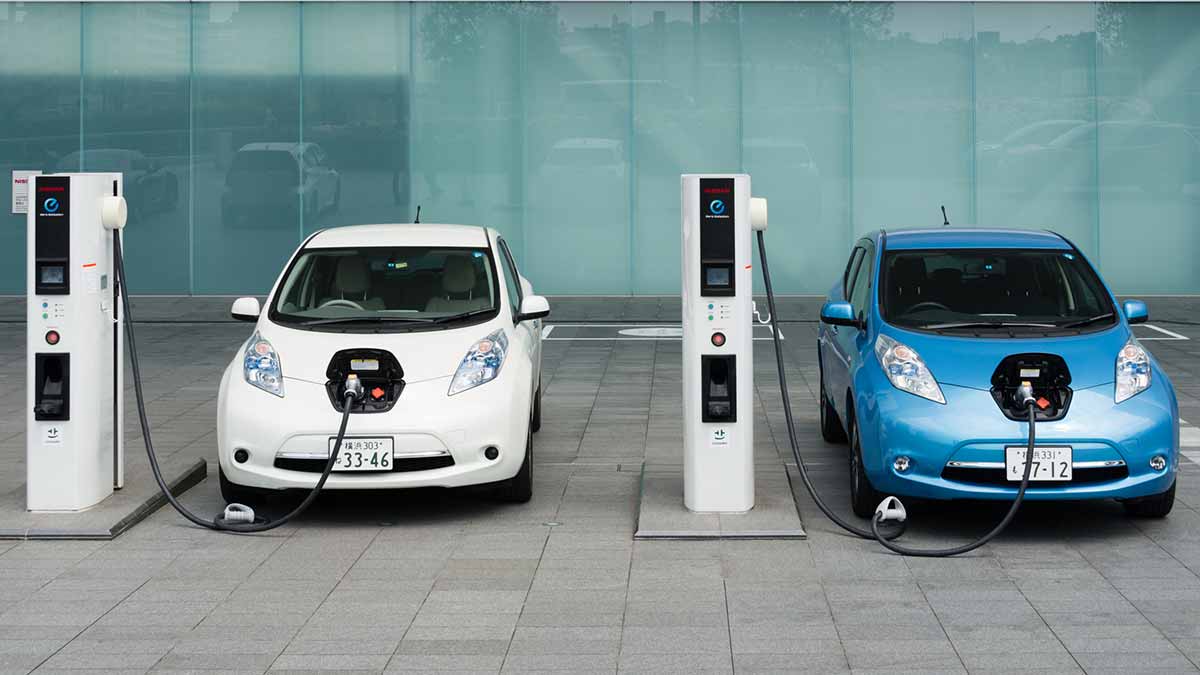Demand for electric car batteries will drive a nickel renaissance, says expert

One billion electric cars will be on the roads by 2050, driving demand for battery metals such as lithium and cobalt. Pic: Getty
Demand for electric car batteries will have a major impact on the beleaguered nickel industry — but it won’t happen overnight or even next year, a commodities expert says.
Batteries for electric vehicles were a “slow-burner” but would have a significant impact on nickel in the 2020s, Macquarie Capital senior commodities consultant Jim Lennon told delegates at the Paydirt Nickel Conference yesterday.
Nickel is mainly used in alloys such as stainless steel. It is also used to plate metals because it resists corrosion.
While stainless steel still dominates nickel demand, Mr Lennon said the battery market could eventually be a key driver for nickel.
However it was virtually impossible to forecast nickel demand for batteries given the secrecy of the market.
“[It’s] essentially impossible and always changing,” he said.
“No-one knows for sure and it may change dramatically, especially on a two to three-year time frame. Those who know more are not telling.”
Despite this, Mr Lennon said batteries could account for 13 to 15 per cent of the nickel market by 2025.
Nickel use in batteries could double from below 4 per cent of demand in 2016 to 9 per cent by 2022, averaging over 20 per cent a year growth.
The nickel price has been volatile this year, trading in a 39 per cent range from a low of $8710 per tonne in June to $12,140 in September.
Earlier in the year, the nickel price was under pressure because of a rise in nickel supplies in the Philippines and Indonesia, the world’s key nickel exporters.
However, China’s appetite for stainless steel has witnessed an increase in nickel demand, driving the metal’s price to just shy of $12,000.
Looking ahead, Mr Lennon tipped longer-run nickel prices in the $15,000-20,000 range as nickel inventories dry up and new investment is required.
UNLOCK INSIGHTS
Discover the untold stories of emerging ASX stocks.
Daily news and expert analysis, it's free to subscribe.
By proceeding, you confirm you understand that we handle personal information in accordance with our Privacy Policy.








